Scott #31, a ten-cent United States postage stamp, is a significant piece in the series of mid-19th-century stamps. It mirrors the design of Scott #13, sharing the Type I design exclusive to plate #1, but is distinct with its perforations. This stamp stands as a testament to the advancements in stamp design and postal history.
Design & Print
Scott #31’s design is based on Gilbert Stuart’s famous portrait of George Washington, a common theme in this era’s stamp designs. However, the identification of Type I for Scott #31, similar to Scott #13, is specific to its plate characteristics. Type I stamps, produced exclusively from plate #1, are distinguished by a break in the bottom line of the value label, complete pearls at the right and left edges, and complete shells at the bottom. This contrasts with the plate 2 stamps (Scott #35), which do not have breaks in the bottom line and feature shaved pearls at the sides.
Postal Usage
Typically, Scott #31 was used to pay the half-ounce, over-3,000-mile rate, reflecting its utility for long-distance domestic mail. The ten-cent denomination was essential for more substantial postal requirements, especially for coast-to-coast deliveries in a period when long-distance communication was crucial.
Identification
Identifying Scott #31 as a Type I design involves careful examination of specific plate characteristics. The presence of a break in the bottom line of the value label, complete pearls on the sides, and complete shells at the bottom are key indicators. The addition of perforations differentiates Scott #31 from the imperforate Scott #13. These features make Scott #31 distinct and identifiable among its contemporaries in American philately.
Scott #31 is a pivotal stamp in U.S. postal history, marked by its Type I design from plate #1 and portrayal of George Washington. Its role in the postal system, combined with its distinctive design features, highlights its importance in the narrative of American philately. Understanding the nuances of Scott #31’s design, postal usage, and identification offers a comprehensive perspective on its place in American postal history and collection.



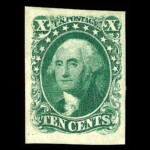
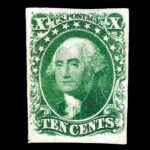
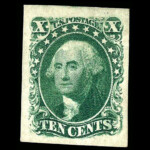
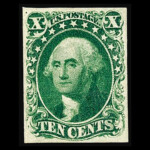
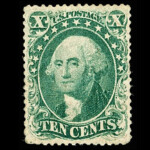

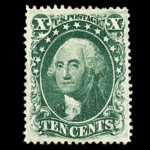
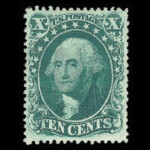
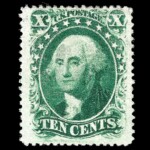
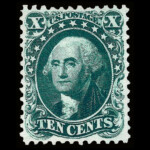
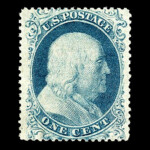
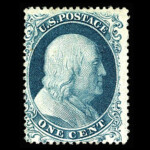
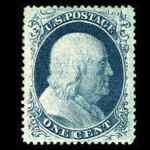
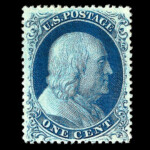
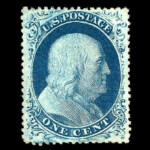
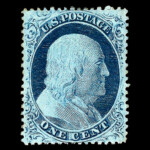
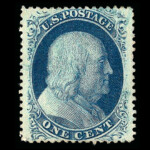
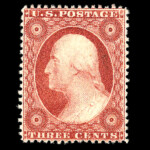
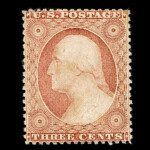
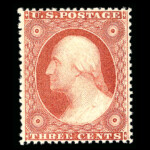
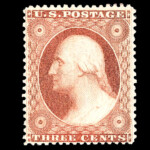
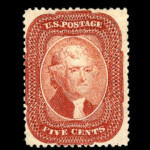
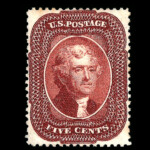
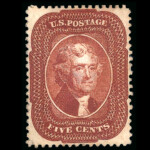
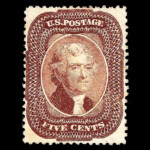
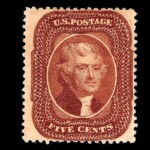
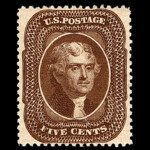
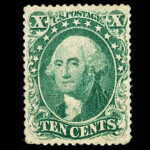
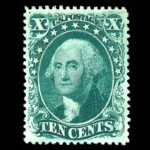
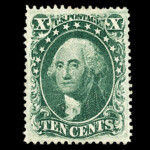
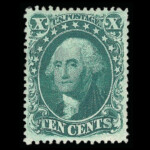
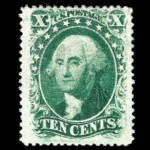
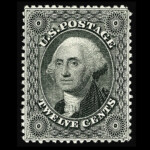
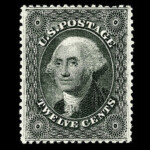
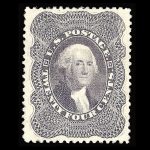

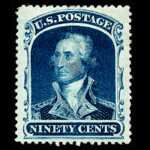








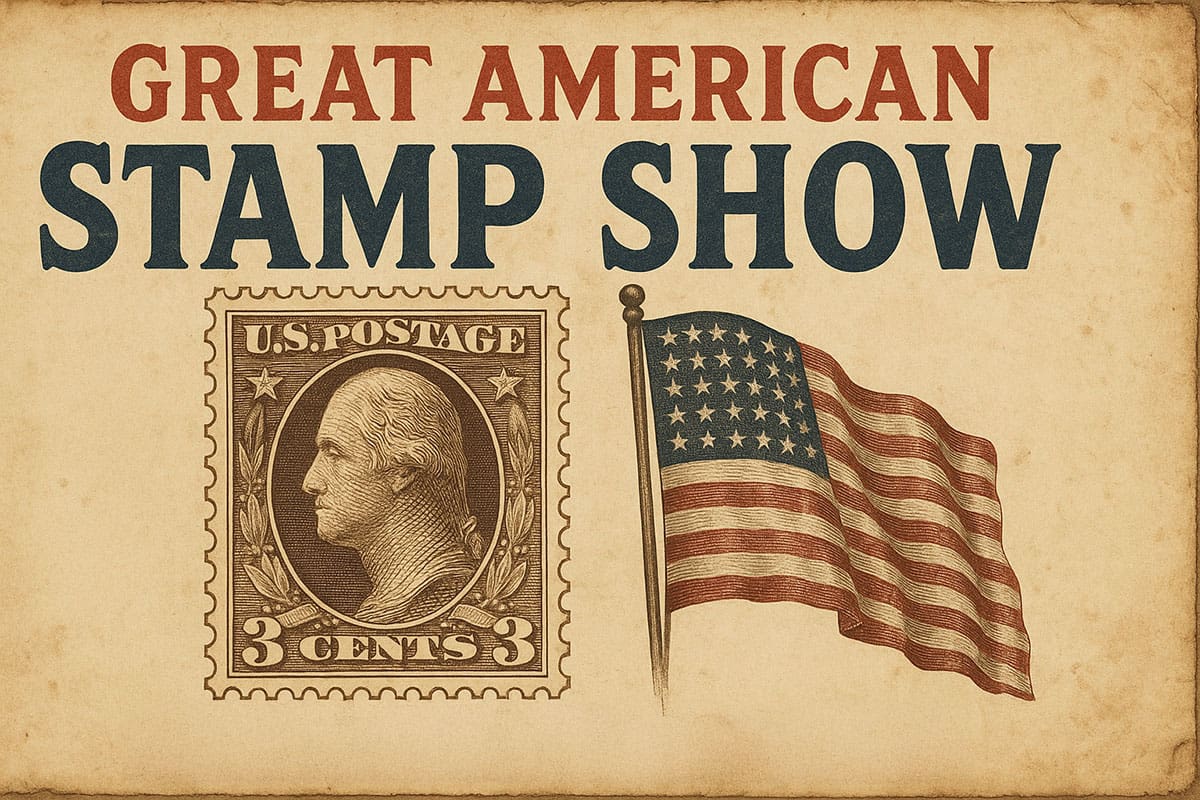



Ask A Question Or Leave A Comment